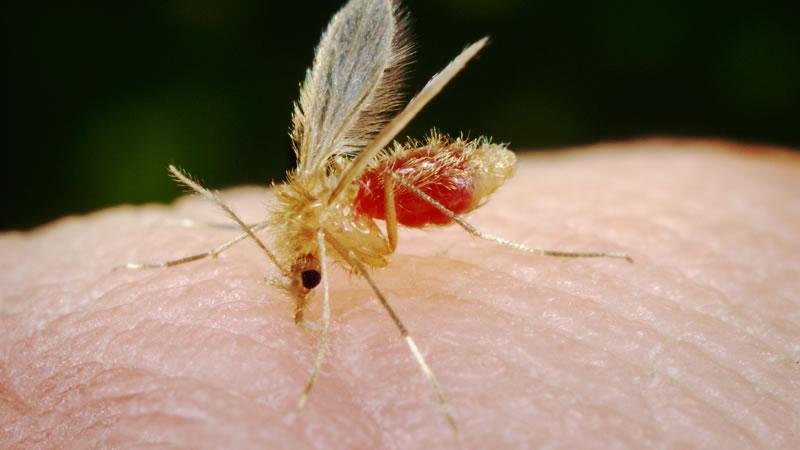LEISHMANIA
Description
Canine leishmaniasis (CanL) is an important global zoonosis for humans and dogs, it is considered an endemic disease in more than 70 countries around the world and the Mediterranean area is an area of maximum risk. Several predisposing factors have been described for the development of the disease, including race, age, and genetic background. Some breeds of dogs, such as the Boxer, Cocker Spaniel, Rottweiler, and German Shepherd, appear to be more susceptible to developing the disease, while others, such as the Ibizan Hound, rarely develop clinical signs. Age appears to be an important factor in the development of the disease, the distribution of the disease is bimodal, with the highest prevalence reported in dogs under 3 years of age and over 8 years of age.
Symptoms
Skin lesions are their most frequent manifestation and may be accompanied by other clinical signs or clinicopathological abnormalities. However, dogs may present other clinical signs not related to skin lesions as the main reason for consultation. Kidney disease may be the only clinical manifestation of leishmania and can progress from mild proteinuria to nephrotic syndrome or end-stage renal disease. Chronic renal failure is a serious result of disease progression and the leading cause of mortality from leishmania. Despite the high prevalence of renal pathology in infected dogs, azotemia of the kidneys is a relatively uncommon laboratory finding.
When to consult
Leishmania is a systemic disease that can potentially involve any organ, tissue, or body fluid, and is manifested by nonspecific clinical signs.
Causes
Sandflies are the only arthropods that are adapted for biological transmission of the leishmania protozoan, but there are other proven modes of transmission in dogs including infection through transfused blood products (blood donors who are carriers of the infection), vertical transmission ( from mother to child) and venereal (sexual transmission).
complications
Dogs with renal failure are expected to have a lower recovery rate compared to those without renal involvement or with only mild proteinuria.
Diagnosis
The diagnosis of leishmania according to symptoms is complex since the clinical spectrum is wide and the range of clinicopathological abnormalities based on at least one complete blood count, biochemical profile and urinalysis can be wide and non-specific. Diagnosis can be made by detection of specific serum antibodies (IgG), such as immunofluorescence antibody test (IFAT) and enzyme-linked immunosorbent assay (ELISA). Immunochromatography-based assays are easy to use and provide rapid qualitative results on the spot, but their performance is still suboptimal. It is important to send samples to a laboratory that performs quantitative serological assays and can provide an endpoint titer (IFAT) or optical density (ELISA) reading and level classification. of antibodies. On the other hand, DNA in tissues by PCR allows a sensitive and specific diagnosis of the infection. PCR can be performed on DNA extracted from tissues, blood, body fluids, or even histopathological samples. Infection in dogs can be subclinical (asymptomatic), manifest as a self-limiting disease, or a severe and fatal disease. Subclinical infection is not necessarily permanent and some specific factors such as immunosuppression or concomitant diseases could break the balance and lead to the progression of clinical disease in dogs.
Treatment
Regarding clinical staging, treatment and prognosis, the LeishVet group, a group composed of veterinary scientists experts in leishmania from academic institutions in the Mediterranean Basin and North America, proposed a system of four clinical stages based on clinical signs, clinicopathological anomalies and status. serological in an effort to cover the broad spectrum of clinical manifestations and degrees of severity found in leishmaniasis. They suggest different treatment protocols and prognoses for each clinical stage can vary from poor to good depending on your overall initial clinicopathological status and your specific response to therapy. Anti-leishmania drug therapy often leads to clinical cure, although treated dogs may still harbor the parasite and be infectious to sandflies, but to a lesser extent than before treatment. The vast majority of dogs experience clinical improvement within the first month of therapy; However, others may need a longer period of therapy before improvement is evident. The duration of treatment with allopurinol depends on the severity of the disease, the clinical and parasitological response to treatment and individual tolerance to this drug. Some extremely susceptible dogs never reach a point that would allow them to discontinue allopurinol, as long as it is possible to control or reduce xanthinuria (massive xanthine crystalluria) with low-purine diets or by reducing the dose of the drug, to avoid the risk of urolithiasis. (presence of stones). Others are able to control the infection without the need for extremely prolonged treatment. Allopurinol may be discontinued when the following criteria are combined: evaluation by a complete physical examination, complete blood count, complete biochemistry panel, and urinalysis, a marked decrease in antibody levels (to negative or borderline according to a quantitative serological assay).

